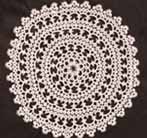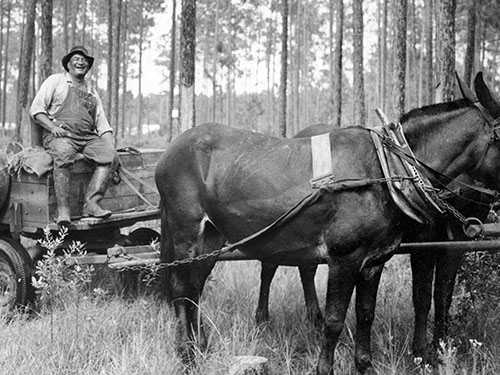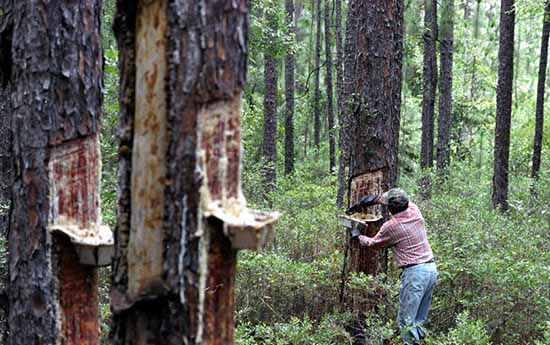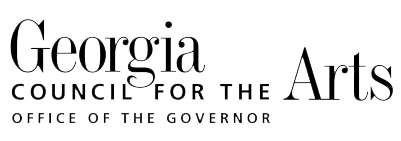South Georgia Folklife Project
The South Georgia Folklife Collection is a multi-genre ethnographic collection housed in the Archives and Special Collections of Odum Library at Valdosta State University. This collection is an outgrowth of the South Georgia Folklife Project, founded by Dr. Laurie Sommers in 1996. It reflects ten years of field documentation and public programs from 1996-2006. Highlights of the collection include Southeast Georgia Sacred Harp, Okefenokee Music Survey, Flint River fisheries, Traditions of Turpentiners, Folkwriting (Lessons on Place, Heritage and Traditions for the Georgia Classroom), online exhibits, and a radio archives of documentary programs. There are four online exhibits with digitized materials available here: Turpentine, Sacred Harp, Okefenokee, Wiregrass Folklife.
The collection is organized into 12 series which reflect topical foci. Click on the Series number to view folklife web pages or browse the collection in ArchivesSpace. The series for the collection are as follows:
| Series 1: Project 1002 | Turpentine View on ArchivesSpace |
|---|---|
| Series 2: Project 1003 | South Georgia Folklife Project General. Sources include books, articles, commercial audio and video recordings, and a vertical file (organized topically and geographically). |
| Series 3: Project 1004 | Sacred Harp of Southeast Georgia View on ArchivesSpace |
| Series 4: Project 1005 | Suckerfish View on ArchivesSpace |
| Series 5: Project 1007 | Wiregrass (radio and exhibit materials, and copies of some documentation from the original 1977 Library of Congress field survey titled "the South Central Georgia Folkife Project"). View on ArchivesSpace |
| Series 6: Project 1008 | Last Harvest (seasonal and agricultural workers). View on ArchivesSpace |
| Series 7: Project 1009 | Folkwriting View on ArchivesSpace |
| Series 8: Project 1010 | Sounds of South Georgia (radio and accompanying fieldwork on diverse cultural groups). View on ArchivesSpace |
| Series 9: Project 1011 | Exploring Community Heritage. View on ArchivesSpace |
| Series 10: Project 1012 | Student Projects (from courses taught by Laurie K. Sommers). View on ArchivesSpace |
| Series 11: Project 1013 | Okefenokee View on ArchivesSpace |
| Series 12: Project 1012 | Multimedia Materials (ArchivesSpace) |
| Series 14: Project 1014 | Online Oral Histories. Includes digitized oral histories available online. (ArchivesSpace) |











